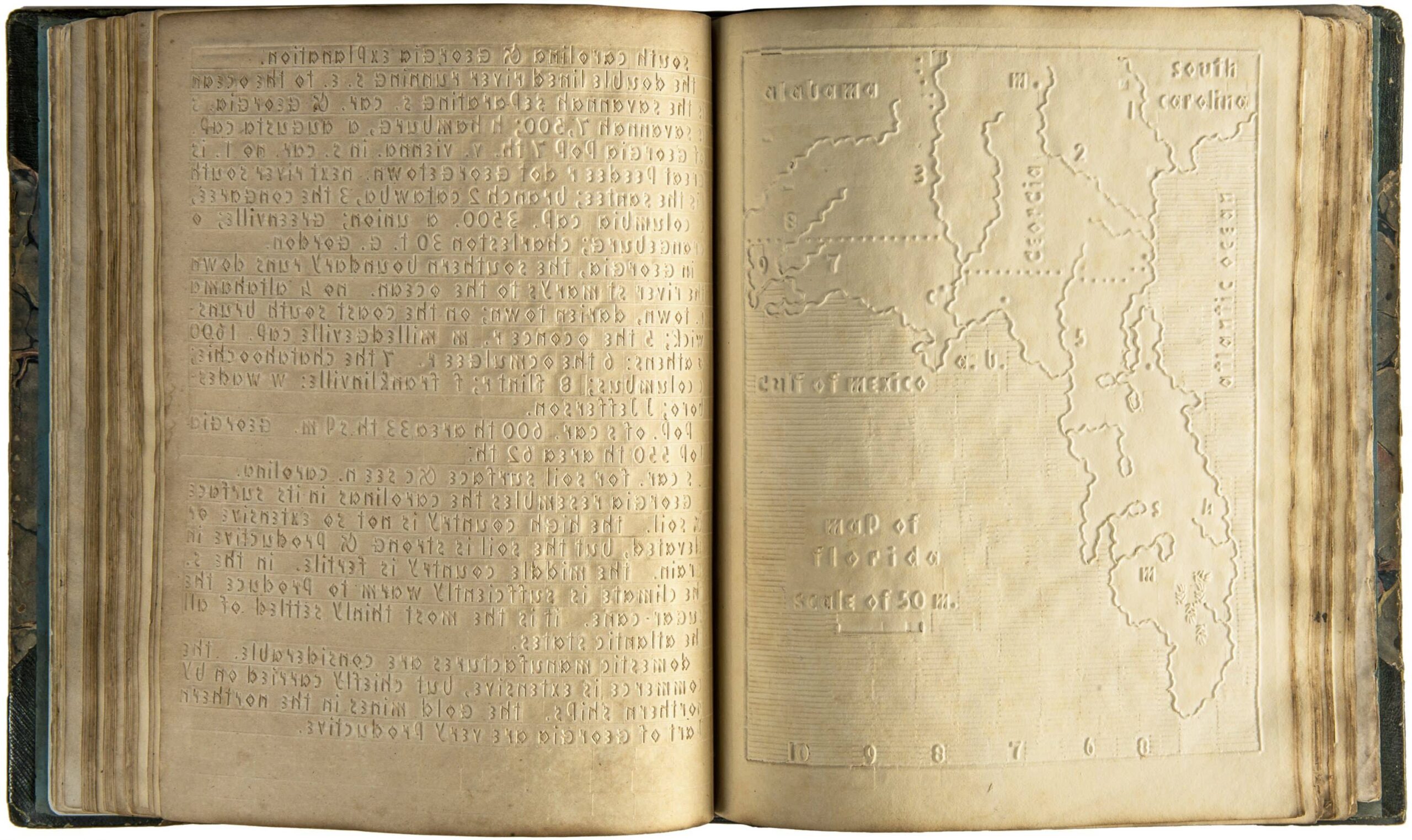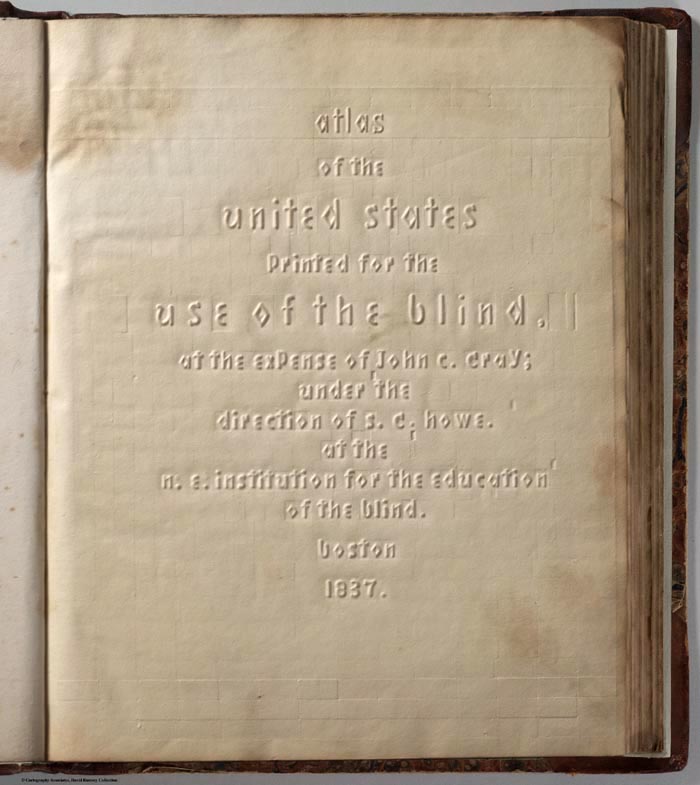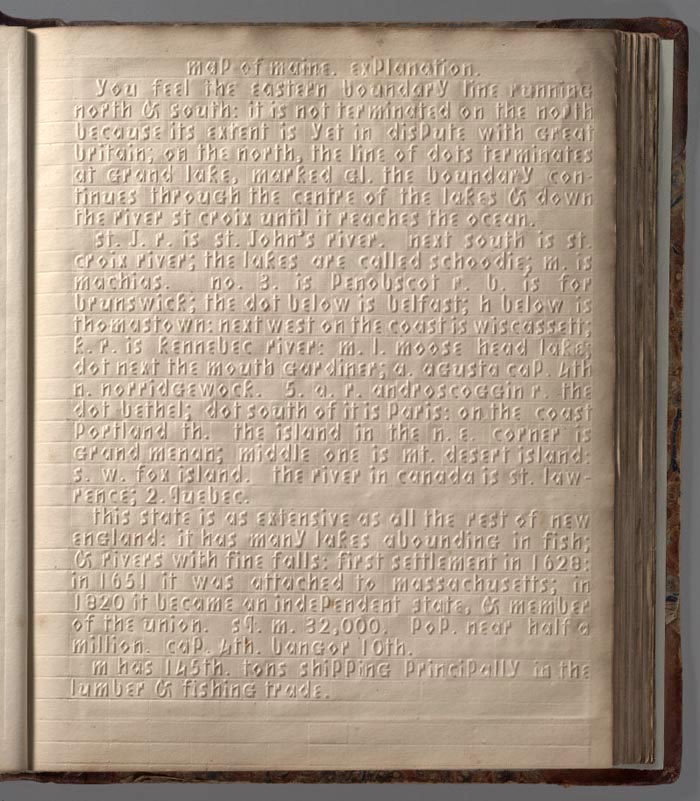In the Buddhist Asia of a dozen centuries ago, the equivalent of going off to study at an Ivy League school was going off to study at Nalanda. It was founded in the year 427 in what’s now the Indian state of Bihar, making it “the world’s first residential university,” as Sugato Mukherjee writes at BBC travel. As it developed, Nalanda became a “home to nine million books that attracted 10,000 students from across Eastern and Central Asia. They gathered here to learn medicine, logic, mathematics and – above all – Buddhist principles from some of the era’s most revered scholars.”
Alas, despite being much older than the famously venerable universities of Bologna, Oxford, or Cambridge, Nalanda can’t claim to have been in continuous operation since the fifth century. Destroyed by marauders during Turko-Afghan general Bakhtiyar Khilji’s conquest of northern and eastern India in the 1190s, its vast campus lay in obscure ruins until Scottish surveyor Francis Buchanan-Hamilton and British Army engineer Sir Alexander Cunningham rediscovered and identified it, respectively, in the nineteenth century.
In its nearly eight centuries of initial activity, writes Mukherjee, Nalanda attracted proto-international students from all over Asia, and “regularly sent some of its best scholars and professors to places like China, Korea, Japan, Indonesia and Sri Lanka to propagate Buddhist teachings and philosophy.” Its notable faculty members included Aryabhata, “the father of Indian mathematics,” who may have been its head in the sixth century, and Chinese Buddhist monk Xuanzang, who returned to his homeland in 645 with “a wagonload of 657 Buddhist scriptures from Nalanda.” Later “he would translate a portion of these volumes into Chinese to create his life’s treatise.”

Image by Sumitsurai, via Wikimedia Commons
Of the nine million handwritten Buddhist manuscripts in Nalanda’s library at the time of its destruction, “only a handful” survived. Some of them eventually made their way to the Los Angeles County Museum of Art, a fitting enough tribute to the world-spanning outlook of the institution. Not far from its original location, now a UNESCO World Heritage site, Nalanda is making a comeback as an international place of learning for the twenty-first century. You can get a sense of how that project is shaping up from the BBC Reel video above. “I think we are already a university of the future,” says its Vice Chancellor Sunaina Singh, and indeed, a promising vision of the future needs nothing quite so much as a sufficiently deep past.
Related content:
Introduction to Indian Philosophy: A Free Online Course
How 99% of Ancient Literature Was Lost
Based in Seoul, Colin Marshall writes and broadcasts on cities, language, and culture. His projects include the Substack newsletter Books on Cities, the book The Stateless City: a Walk through 21st-Century Los Angeles and the video series The City in Cinema. Follow him on Twitter at @colinmarshall or on Facebook.






